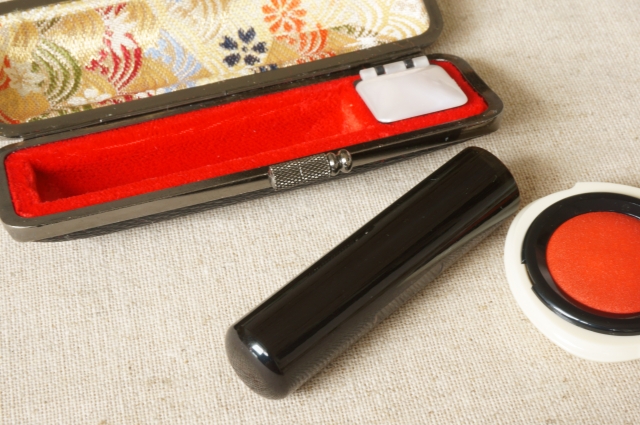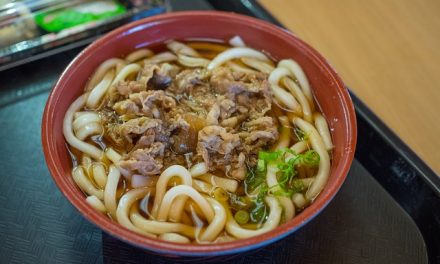Often, vastly different types of things cannot unite or be in harmony when combined. Music is no exception. However, when it works, the effect can be awe-inspiring. I got to see some cool combinations of different sounds across the world coming together during Celebrate Asia, an annual Asian concert held at the Benaroya Hall last Sunday, Jan. 31.
The concert was conceived because some of Seattle’s classical music-loving Asian and Pacific Islander Americans (APIAs) felt there was a market and a desire to see non-Western music performed by the Seattle Symphony. Celebrate Asia is 8 years old.

From left: Composer Xiaogang Ye, pianist Charlie Albright, and conductor Jindong Cai (Photo by George Liu/NWAW)
An amazing harmony
The unexpected combination of an accordion and a santoor was heard in Alireza Motevaseli’s “Fantasia for Santoor and Accordion.”
The pairing was a momentous occasion, as Iranian music had never been performed in Celebrate Asia’s history.
Motevaseli is also a conductor and bassoonist.
A santoor is a trapezoidal string instrument consisting of generally walnut and about 70 to more than 100 metal strings in sets of three to five. Its metallic sounds are created by hitting the sets of strings with two wooden sticks.
Combining two seemingly unrelated musical instruments, a santoor, which has a long history in Persian music, and an accordion, which is mostly used in European music, resulted in a really mysterious and exotic sounding piece.

Celebrate Asia performers stand to receive their applause. (Photo by George Liu/NWAW)
New phase of the music history
Another combination of contrasts — nature and technology — was heard in “Passacaglia: Secret of Wind and Birds.” Contemporary Chinese composer Tan Dun found an innovative way to have the audience participate in his music.
The piece included mobile phones as one of its musical elements, which I thought was really amusing. During the intermission, the audience was asked to download a file of bird call sounds, played by six traditional Chinese instruments.
In the middle of the performance, conductor Jindong Cai turned around and faced us, which was a sign for us to play the bird calls on our smartphones. And not only us, but some of the musicians on the stage pulled their cell phones from their pockets to play the electronic singing birds.
If someone had entered the hall and had seen what was going on at that exact moment, that person would have thought that the musicians were taking a break!
After a while, all I could hear were birds singing all around the concert hall. Some of the audience couldn’t help but look around or giggle, and I could understand their feelings. It was, honestly, the most awkward moment during the two-hour concert.
This actually brought some confusion to the audience, which led some to replay the bird calls during the rest of the piece, annoying their neighbors.
However, the performance kept entertaining, even after the bird calls. Singers used hand claps and breathing sounds, and they punched the air at the end of the piece to augment their performance.
The creative idea of engaging the audience in the performance by using smartphones was a good thought and attempt though.

The ensemble members of Seattle Chinese Chorus and the Korean Music Association Evergreen Choir (Photo by Brandon Patoc)
Connecting two countries
The rest of the concert united the sounds of China and Korea. Ensemble members from Seattle Chinese Chorus and the Korean Music Association Evergreen Choir made the stage brighter and more colorful because they wore traditional clothes from their respective countries.
Chinese soprano Yayu Khoe performed “In Fields of Hope,” and Korean soprano Yujin Kim performed “New Arising,” in their respective languages. The two different countries’ music were well combined.
Another Asia
Even after the concert, Celebrate Asia continued on. After an encore and standing ovation, I heard familiar sounds from the outside of the concert hall as I walked toward the exit.
Outside of the hall were seven Japanese people performing the taiko, which utilizes traditional Japanese drums. As more people walked out from the hall and gathered in front of the performers, one of them started playing the fue, the Japanese flute.
The harmony of the strong beats of the taiko and the soft, flowing flute sounds showed us another aspect of Asian music that was not heard during the concert.





